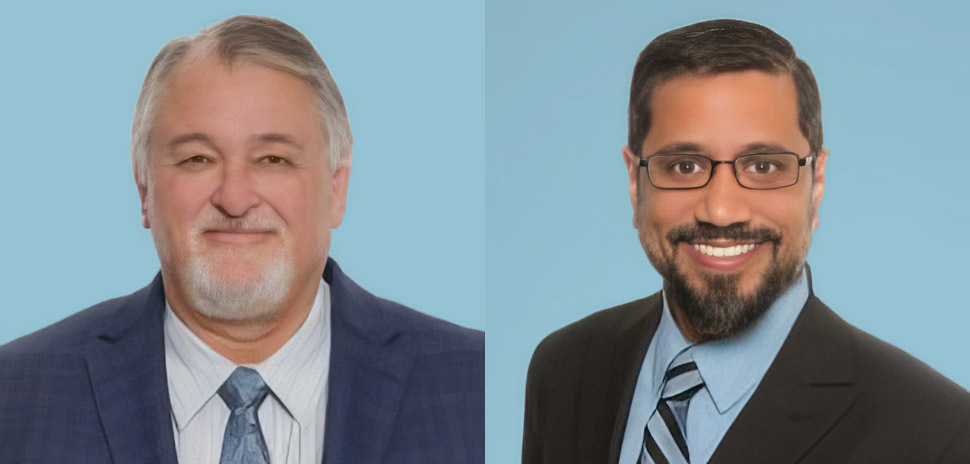![]() Nick Qureshi said he wants to “put health care back into the patients’ hands,” with his latest venture.
Nick Qureshi said he wants to “put health care back into the patients’ hands,” with his latest venture.
Qureshi and co-founder Emad Siddiqui created the HollerDoc app to take advantage of the telemedicine trend as well as offer patients and physicians a way to connect virtually or even by in-person house calls.
Through the iOS app, patients can request a house call or video call with a medical practitioner. Qureshi summed HollerDoc up as “Uber for doctors.”
Nick Qureshi summed HollerDoc up as “Uber for doctors.”
Telemedicine is a growing aspect of medical service. According to the Reach Health 2017 U.S. Telemedicine Industry Benchmark Survey, 34 percent of survey participants — involving U.S. healthcare executives, physicians, nurses, and other professionals — consider the service a high or top priority and less than one third considered telemedicine a low priority.
The app also is timely since last May, Texas became the last U.S. state to allow telemedicine visits without previous face-to-face meetings between patients and doctors.
HollerDoc is set to launch at the beginning of April. Qureshi took the time recently to speak with Dallas Innovates about the app and his experience as a startup founder.
What does HollerDoc’s competitive landscape look like?
Riding the wave of telemedicine, there are apps like familyhealthoncall.com, Heal.com, DrOnDemand, MDlive, and TeleDoc, just to name a few. HollerDoc is unique with respect to the functionality since it combines multiple ways to incorporate telemedicine and house calls along with pharmacy selection (by the patients). Throughout the next few years, we foresee HollerDoc evolving by integrating scheduling, vitals screening, and AI-driven follow ups/reminders directly to patients.
Throughout the next few years, we foresee HollerDoc evolving by integrating scheduling, vitals screening, and AI-driven follow ups/reminders directly to patients.
The app offers benefits for both patients and the business side of medicine, correct?
For chronic illnesses, HollerDoc can be an extremely useful tool for businesses (hospice centers, nursing homes, and assisted living centers) that cater to Medicaid and Medicare patients. It is estimated that by 2030 almost 23 percent of patients will be Medicaid eligible. This will put a huge strain on our limited physical hospitals and other medical facilities and will require alternative means of taking care of elderly and feeble patients with multiple chronic conditions.
For acute illnesses, HollerDoc can be a very useful tool to summon a medical practitioner to your house or have a live video chat with them instead of getting in the car and going to a doctor’s office, a hospital, or a standalone ER center.
Although you have tech consulting firm that has worked with Fortune 500 companies, HollerDoc is your first startup. How did your experience lead to this app?
I’m a business major by education and a techie by profession. I’ve tried to blend those backgrounds into something that’s entrepreneurially futuristic and technically very easy to use with this app.
Did anything in your background influence the focus of HollerDoc?
My dad, who is an ENT (referred to as otolaryngologists as well) surgeon, conducted house calls in the UK back in the 70s and early 80s. In fact, throughout Europe especially UK, [general practitioners] are required to make 2-5 weekly house calls to this day. I was discussing the idea with my father one day and decided to give it a try in the U.S. market.
Our main reason to develop the app was to do a ‘broader good’ for the society.
Tell me about your desire to create an app that solved big issues.
Our main reason to develop the app was to do a ‘broader good’ for the society. Our health care system is egregiously inefficient and expensive as compared to other developed countries around the world. Just recently Amazon, JP Morgan, and Berkshire came out with an announcement to work together to solve the problems that plague our nation’s health care system. Disruptive health care initiatives will surely shape the future of health care in the U.S.
With your projected launch date coming up, what has been the biggest challenge in getting to this point?
We have bootstrapped the whole project. From ideation to completing the [minimum viable product], even though our MVP is more like a “final product,” we did it all as a team. Our biggest challenge has been to approach and convince organizations and individual doctors’ practices that they should try our product and see if it helps them as well as their patients. Even though Children’s Medical Center purchased a majority stake in a similar app (familyhealthOncall.com), there are so many other health care systems in Texas and around the nation that have yet to embrace this technology and make it a part of their whole health care operations endeavor.
Are you looking at any investment opportunities?
We’ve applied for the Tech Wildcatter’s Gauntlet which is supposed to start in early spring. We haven’t been accepted yet, but hopefully we would be. Our main reason to join this initiative is so that we can find mentors, industry leaders, and organizations that would assist and guide us in our journey forward. We’re looking for strategic partners who share our vision and have a passion to make even a dent in our health care system for the good of patients. We are also open to seed investment.
What are the long-term plans for HollerDoc?
Our tactical approach is to introduce the app in the North Dallas suburbs and slowly expanding throughout DFW by mid-2019. We’ll be targeting other cities in Texas afterwards — namely Austin, Houston, and San Antonio. Our strategic focus is to go nationwide in a few years.
It’s high time that innovation takes a front role to transform our health care system for the greater good.
What criteria will most impact those plans?
Patients are ready. I say this because we took extensive surveys to get the opinions of patients regarding a virtual or a physical house call by a medical practitioner and the patients overwhelming response was a “yes.” We just have to convince the medical community that they should try something new rather than be stuck with archaic practices that have been lingering on for decades. It’s high time that innovation takes a front role to transform our health care system for the greater good.
Where do you see HollerDoc down the road?
I see HollerDoc app as a tool that complements the medical practices landscape and is used along with the traditional health care systems in place. Only then we’ll be able to quantify real progress.
What is your biggest lesson learned so far as an entrepreneur?
You must have a clear vision. You must be steadfast and have the thickest of the thickest skin. You should surround yourself with people who are smarter than you. Don’t listen to naysayers, have a plan and stick with it no matter what it takes. My motto is this: gradual steps in the positive direction lead to monumental successes.
Don’t listen to naysayers, have a plan and stick with it no matter what it takes.
Interestingly, when you first think of an idea, you tend to underestimate the complexities of the whole process. There are numerous steps that you must follow to give life to a product. As you progress through the steps, amazingly, every step closer to completion will teach you more than you ever knew when you first started with the whole process.
What is your best piece of advice for entrepreneurs?
Look at the bigger picture and look closely at the components that make up that bigger picture. Start poking holes in the components and you’ll have a “eureka” moment.
![]()
Get on the list.
Sign up to keep your eye on what’s new and next in Dallas-Fort Worth, every day.

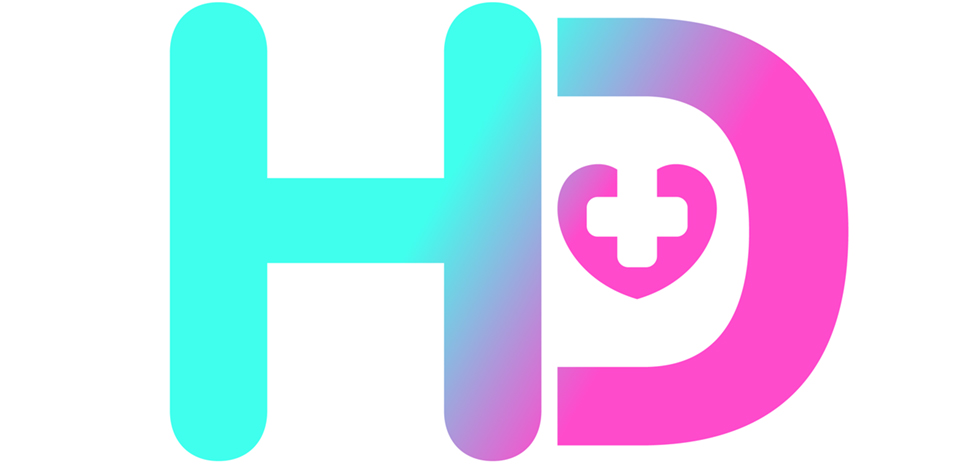
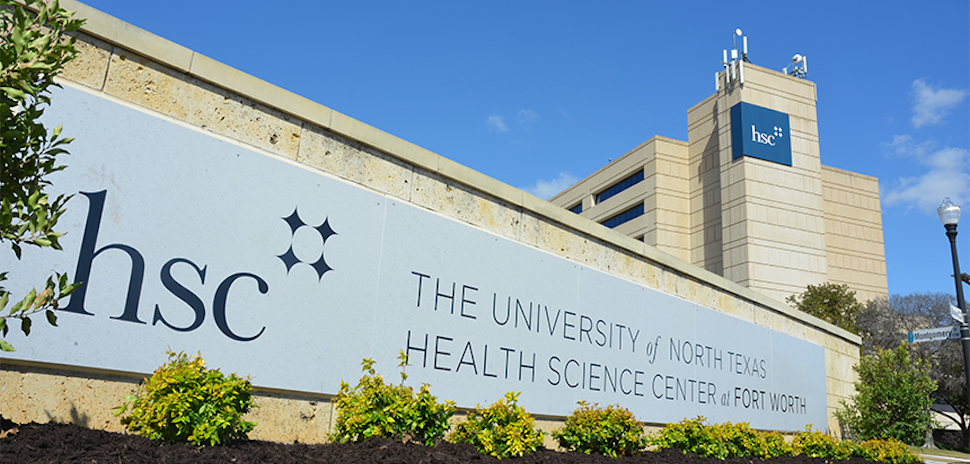
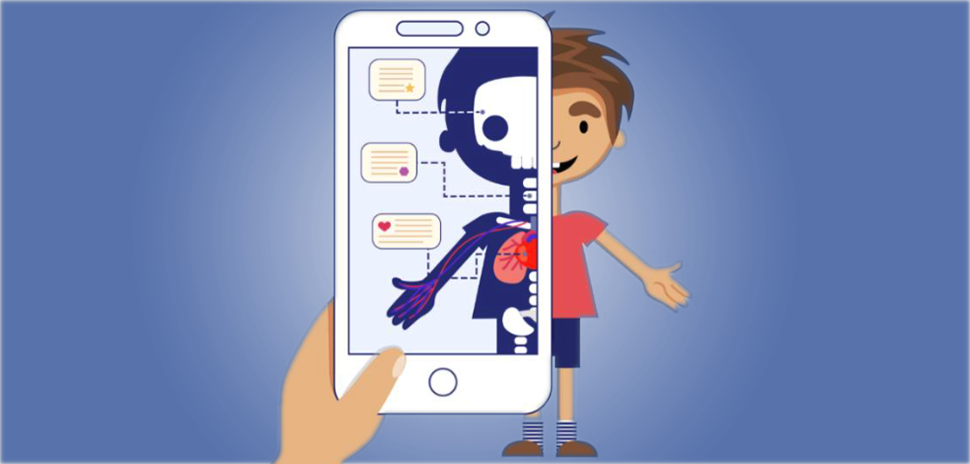

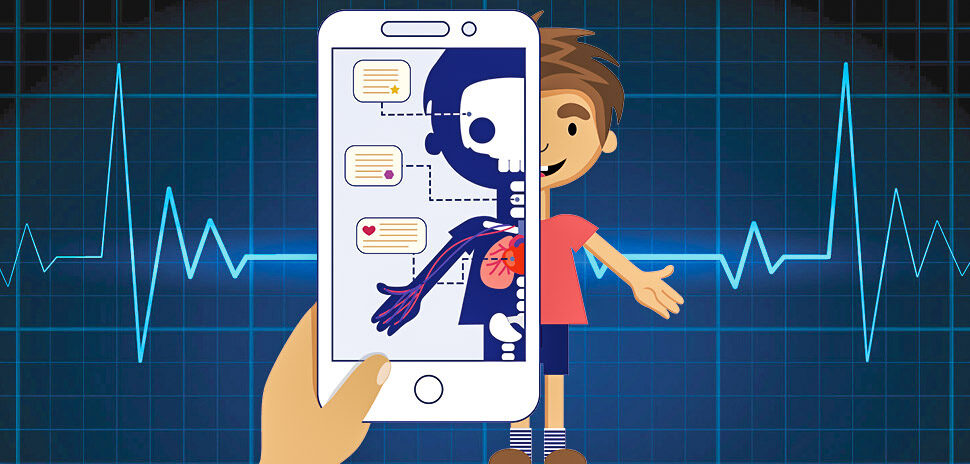
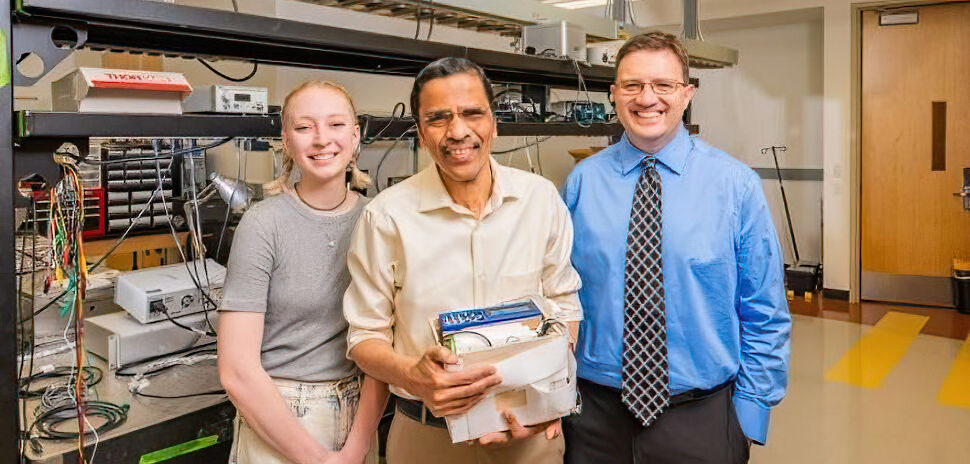






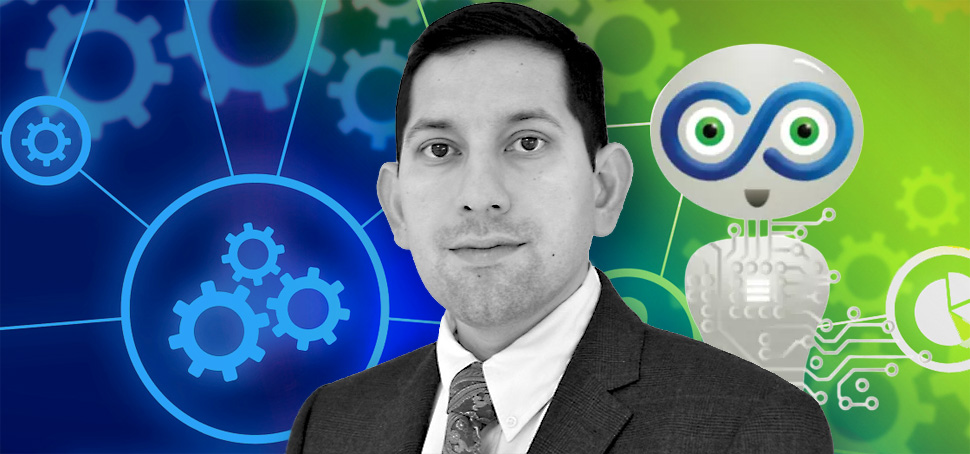
![Erica Kosemund, Chief Brand Officer, Choctaw Nation of Oklahoma; Gillian Breidenbach, Chief Partnership Officer, North Texas FWC Organizing Committee; Chief Gary Batton, Chief of Choctaw Nation of Oklahoma; Monica Paul, Executive Director of Dallas Sports Commission and President of North Texas FWC Organizing Committee; John Hobbs, Senior Executive Officer of Communications, Choctaw Nation of Oklahoma; and Heidi Grant, Senior Executive Officer of Commerce Administration, Choctaw Nation of Oklahoma, celebrate Choctaw Casinos & Resorts becoming an Official Dallas World Cup 2026 Host City Supporter. [Photo: North Texas FWC Organizing Committee/Choctaw Casinos & Resorts]](https://s24806.pcdn.co/wp-content/uploads/2025/12/FIFA-Choctaw-dec-2025.jpg)
